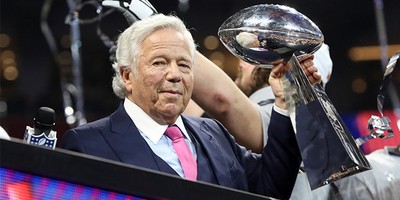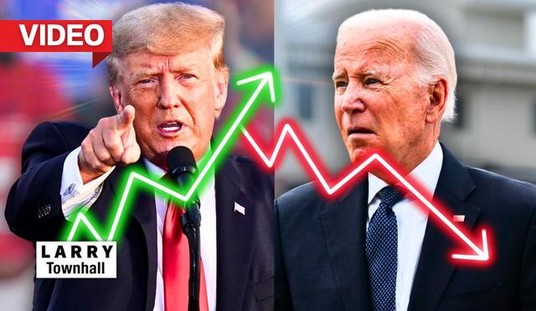In a 2007 survey of California voters, 84 percent said they thought the government should force restaurant chains to display calorie numbers on their menus and menu boards. That may happen soon: The state Assembly is considering a bill, already approved by the state Senate, that would make California the first state to impose such a menu mandate.
Yet the desires that people express in polls are often at odds with the preferences they reveal in the marketplace. The restaurant business is highly competitive. If customers really were clamoring for conspicuous calorie counts, restaurants would provide them voluntarily. A legal requirement is necessary not because consumers want impossible-to-ignore nutritional information but because, by and large, they don't.
Since they overestimate the demand for nutritional information, advocates of menu mandates also overestimate the impact of making it more visible. "Menu board labeling has the potential to dramatically alter the trajectory of the obesity epidemic in California," the California Center for Public Health Advocacy claims, projecting a weight loss of nearly three pounds a year per fast food consumer. The New York City Department of Health and Mental Hygiene, which began enforcing a calorie count requirement last month, predicts it will stop 150,000 people from becoming obese and prevent 30,000 cases of diabetes during the next five years.
Both estimates are based on a study conducted by New York's health department before the city's menu rule took effect. The researchers asked about 7,300 customers at fast food restaurants in the city whether they had seen and made use of nutritional information, which is typically displayed on posters, brochures, tray liners or counter mats (as well as on the chains' websites). They also examined the customers' receipts so they could calculate the calorie content of the food they purchased.
Recommended
The only chain where a substantial share of customers said they noticed nutritional information was Subway, where 32 percent reported seeing it, compared to 4 percent at the other chains. Since Subway promotes a subset of its menu as lower in calories and fat than its competitors' offerings, using a pitchman who lost hundreds of pounds while eating at the chain every day, this disparity is not surprising.
But even at Subway, calorie information seemed to make a difference for just one in eight customers. Of those who reported seeing the calorie information at Subway, 37 percent -- 12 percent of all Subway customers -- said it affected their purchases. Subway customers who said they used calorie information bought about 100 fewer calories than those who said they didn't see it and those who said they saw it but didn't use it.
Notably, "there was no significant difference in mean calories purchased by patrons reporting seeing but not using calorie information and patrons who reported not seeing calorie information." In other words, simply making people aware of calorie content is not enough to affect their food choices.
The information's influence may be limited to people who are predisposed to count calories. If so, the impact of menu mandates will depend on the extent to which those people are not taking advantage of less obtrusive nutritional information already provided by restaurants.
The importance of pre-existing preferences also suggests that it's risky to extrapolate from Subway customers (who, given the chain's marketing, are probably especially weight-conscious) to fast food consumers in general. Another unresolved question is whether people compensate for fewer calories consumed at McDonald's or KFC by eating more at home or elsewhere.
Even if menu regulations don't make any difference on balance, Yale obesity researcher Kelly Brownell recently told the Los Angeles Times, "there's still the issue of the consumer's right to know." What about the consumer's right not to know? The same research that supporters of menu mandates like to cite indicates that most consumers prefer to avoid calorie counts, enjoying their food in blissful ignorance. There's a difference between informing people and nagging them.
























Join the conversation as a VIP Member